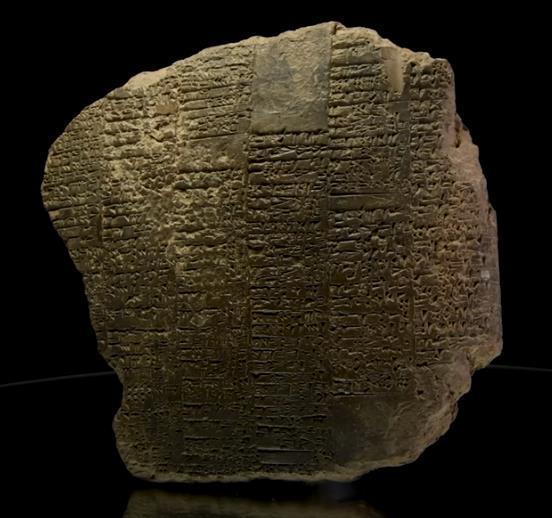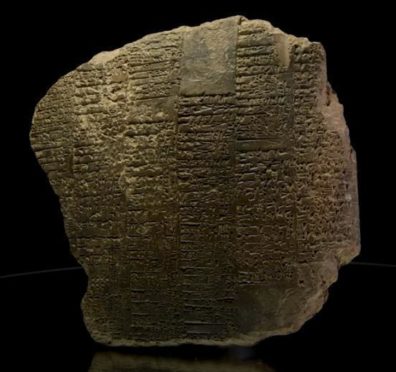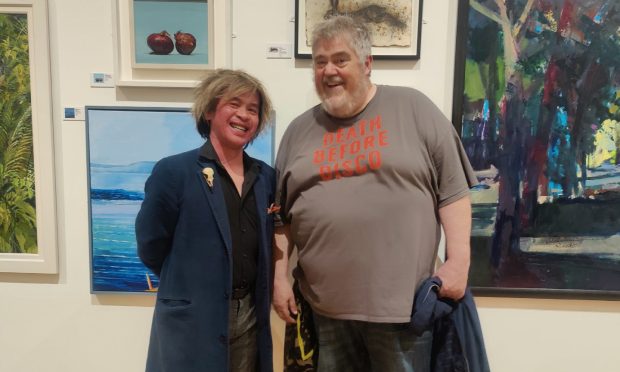Dundee was known as Juteopolis for a reason. Outstripping Hull as the largest importer of flax and overtaking Leeds as Britain’s greatest producer of linen, it then became the jute capital of the world, with 50,000 hands making the bobbins fly and the mills bustle.
It was not the only textiles capital of bygone days, however.
The town of Umma, in the Western Asiatic Sumerian kingdom, now part of the Middle East, was the ‘Dundee’ of 4,ooo years ago.
Illustrated is a remarkable document detailing Umma’s textile industry in 2042 BC. It takes the form of a rectangular clay fragment with columns of Sumerian cuneiform script to both faces.

Auction notes suggest that the 8 x 8-inch tablet was an administrative document from Umma, from the period of the Third Dynasty of Ur, c2070-2020BC. It came from the state textile industry and is an account of the busy manufactories in the town.
The surviving text provides evidence of the scale of its textiles production over what is thought to have been a year. A translation shows quantities of various commodities and materials, for example wool and various cloths, as well as the labour input of the workforce.
The research notes date the tablet: ‘In the middle of column X there is a year name, alluding to the installation of a high priestess. This is the fifth year of Amar-Sȋn, third king of the Third Dynasty of Ur, c2042 BC.’
The tablet also reveals that the slave girls used in textiles also worked in the fields when male labour was insufficient. More common ground with the ‘women’s town’ of Dundee, perhaps.
Extremely rare, the tablet was sold by Timeline Auctions in London for £5000.
Picture: Sumerian tablet, £5000 (Timeline Auctions).











